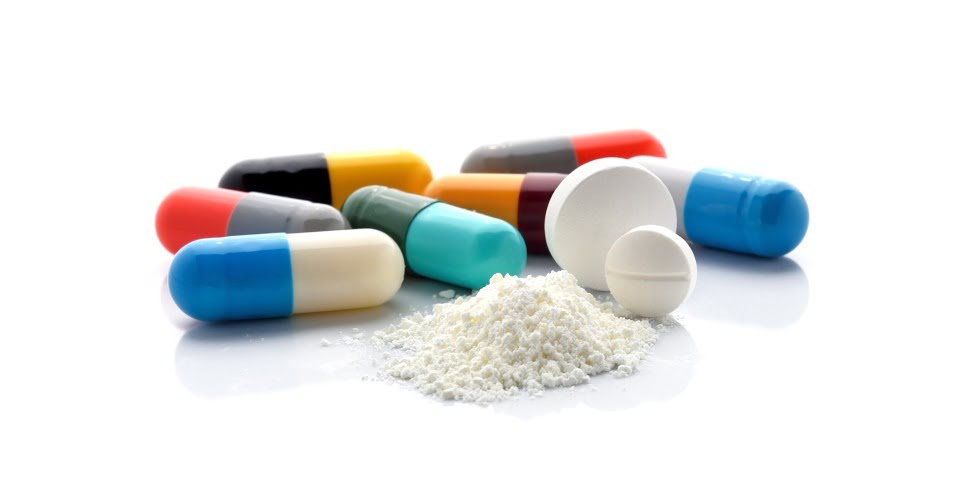A Journal of Forensic Sciences study from Australia is the first to present national data of psychostimulant use in young adults who experienced a fatal stroke.
Investigators found that from 2009 to 2016, psychostimulant users constituted nearly a fifth of the 279 cases of fatal stroke in adults aged 15-44 years, most of which had evidence of consumption immediately prior to the fatal stroke.
An estimated 76 million people use psychostimulants globally, which include illicit drugs such as methamphetamine, cocaine, and 3,4-methylenedioxymethamphetamine (commonly known as ecstasy), as well as prescription stimulants.
“This is the first study to show the major role that psychostimulants play in causing fatal strokes among young adults,” the study’s lead author, UNSW’s Professor Shane Darke, said.
“All of these deaths were preventable. Users of these drugs, however, appear to be largely unaware of the risk. Psychostimulant users, and those treating them, need to be aware of their elevated stroke risk, which may have devastating consequences.”
Methamphetamine was overwhelmingly the drug implicated. The median methamphetamine concentration was similar to that reported for all methamphetamine-related deaths in Australia but less than half that of deaths attributed solely to methamphetamine toxicity. This suggests that high concentrations are not essential to cause a methamphetamine-related stroke.
Cases of haemorrhagic stroke were also documented involving other illicit and licit psychostimulants. In no cases were medications for attention deficit hyperactivity disorder identified.






